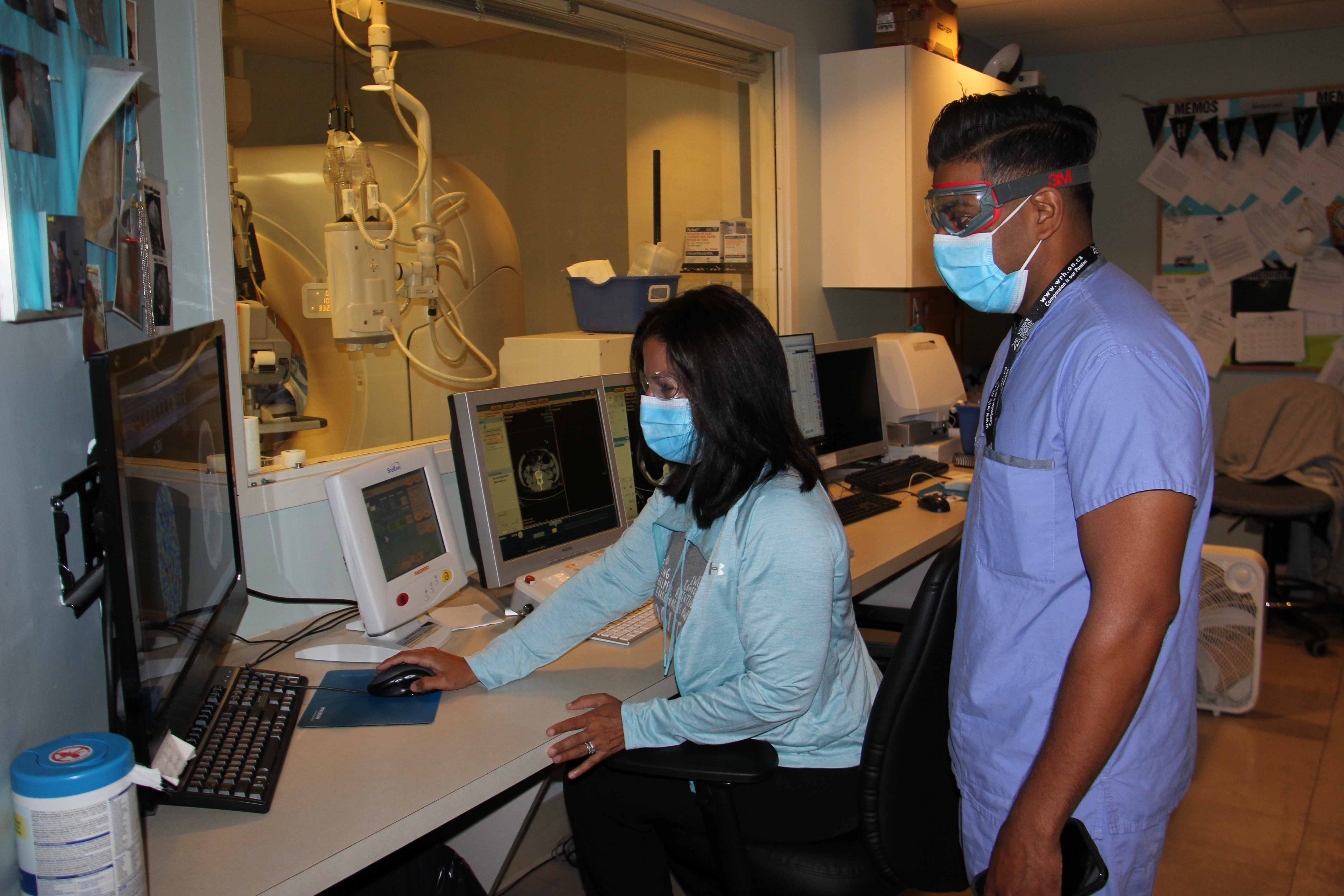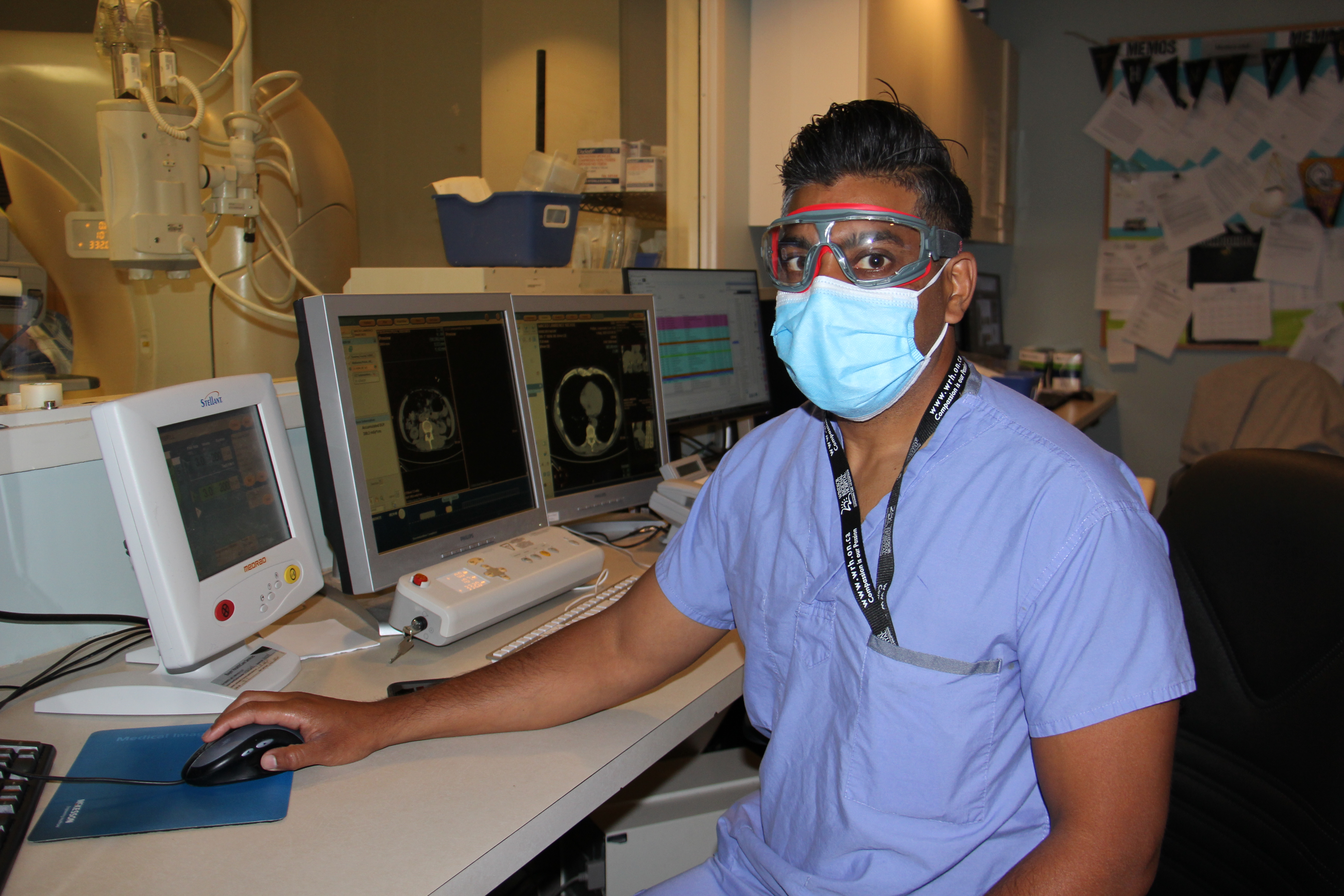WRH Purchases New Technology to help Stroke Patients
6-8-2021

Stroke patients arriving at Windsor Regional Hospital are now being assessed with a new innovative tool to assist doctors to identify more quickly the extent of the damaged brain tissue leading to faster treatment decisions.
The RAPID software is an add-on program to the CT angiogram to look at blood flow in the area of the brain that is at risk and identifies which patients have salvageable brain tissue.
“And that’s important because in those patients, we are no longer limited by cut offs based on time alone,” says Dr. Ryan Punambolam, Director of the Enhanced District Stroke Centre in Windsor-Essex. “If there is still tissue to be saved, then we proceed to stroke treatment.”
The advancement allows doctors to make treatment decisions more quickly, in some cases within minutes, therefore instead of racing against the clock, it’s a race to save brain tissue.
In a medical field where minutes count, the artificial intelligence is heaven sent for doctors.
Prior to the advancement, doctors based their decisions on trial evidence when the patient began showing symptoms. The typical window was 4.5 to 6 hours before arriving in the emergency room, but doctors were acutely aware some patients still had healthy brain tissue, or a shadow called penumbra, beyond that conventional window that was still salvageable. But it was hard to identify it — until now.
“Everybody is different. The risk of that shadow becoming permanently damaged brain varies from person to person. It is within minutes for some patients and for other patients it is up to 24 hours,” he adds.
Windsor Regional Hospital and Bluewater Healthcare jointly purchased the software which became operational locally in June and Dr. Punambolam says the difference is noticeable.
“Our images are great,” he says.
Strokes, for the most part, are blockages in the arteries in the brain, and pinpointing that area to dissolve that clot and any possible irreversible damage, is key in recovery.
With the new technology, doctors can decide the next course of action in treatment that includes EVT (Endovascular Therapy) or tPA (Tissue Plasminogen Activator).
TPA is a medication that acts as a ‘draino’ to dissolve the stroke-causing clot, whereas EVT acts like a snake. It’s a catheter that is passed through the groin and into the brain to extract the clot.
Windsor Regional Hospital is among one of the first non-academic centres in Ontario to obtain this software which speaks volumes to the commitment of WRH to stroke care.
“We are pushing the limits,” beams Dr. Punambolam who stressed given all these advanced treatments and diagnostic tools, visiting the Emergency Room as soon as possible when someone has symptoms is still paramount.
